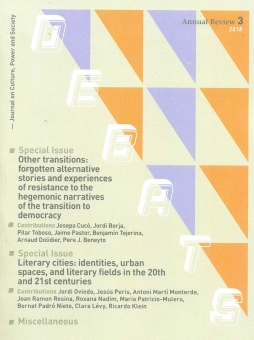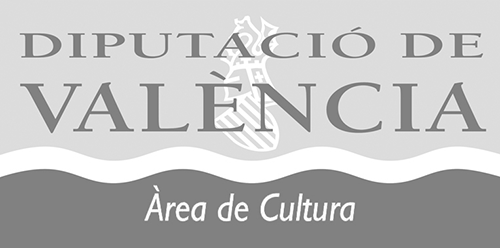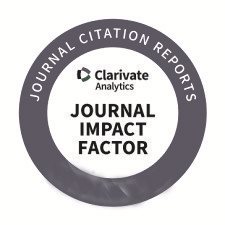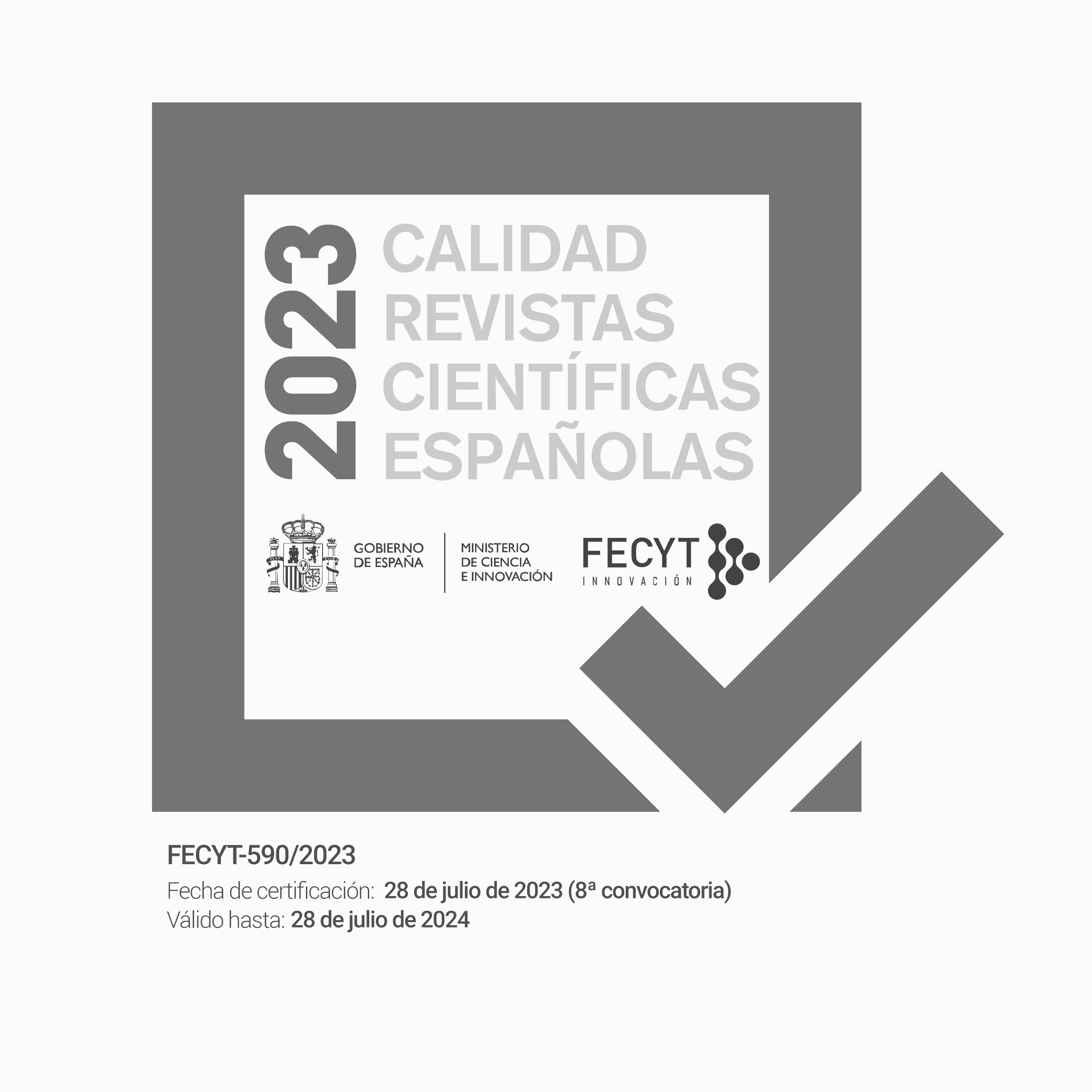The Paris of Modiano: layering, sedimentation and landslides
Resum
The literary work of Patrick Modiano appears to be inseparable from the city of Paris, and especially from the Paris of the German occupation: the writer, his readers, his critics, and even the Swedish Academy which awarded him the Nobel Prize in 2014, unanimously agree on this point. Space and time are intimately intertwined by Patrick Modiano, and his texts often connect Paris with the historical period of the Occupation, although the city is traversed and also described in a literal way on other occasions. The author’s stylistic methods, consisting of interconnecting space and time and which blurs chronological boundaries create a nebulous, ambiguous, and indecisive image of the city, in which, as in Dora Bruder, several layers of time are superimposed.Descàrregues
Descàrregues
Publicades
Com citar
Número
Secció
Llicència
Sense perjudici del que disposa l'article 52 de la Llei 22/1987 d'11 de novembre de Propietat Intel·lectual, BOE del 17 de novembre de 1987, i conforme a aquest, els/les autors o autores cedeix/en a títol gratuït els seus drets d'edició, publicació, distribució i venda sobre l'article, per tal que siga publicat a Debats. Revista sobre cultura, poder i societat.
Debats. Revista de cultura, poder i societat es publica sota el sistema de llicències Creative Commons segons la modalitat “Reconeixement – NoComercial (by-nc): Es permet la generació d’obres derivades sempre que no se’n faça un ús comercial. Tampoc no es pot fer servir l’obra original amb finalitats comercials”.
Així, quan l’autor/a envia la seva col·laboració, accepta explícitament aquesta cessió de drets d’edició i de publicació. Igualment autoritza Debats. Revista de cultura, poder i societat la inclusió del seu treball en un fascicle de la revista perquè es puga distribuir i vendre.












